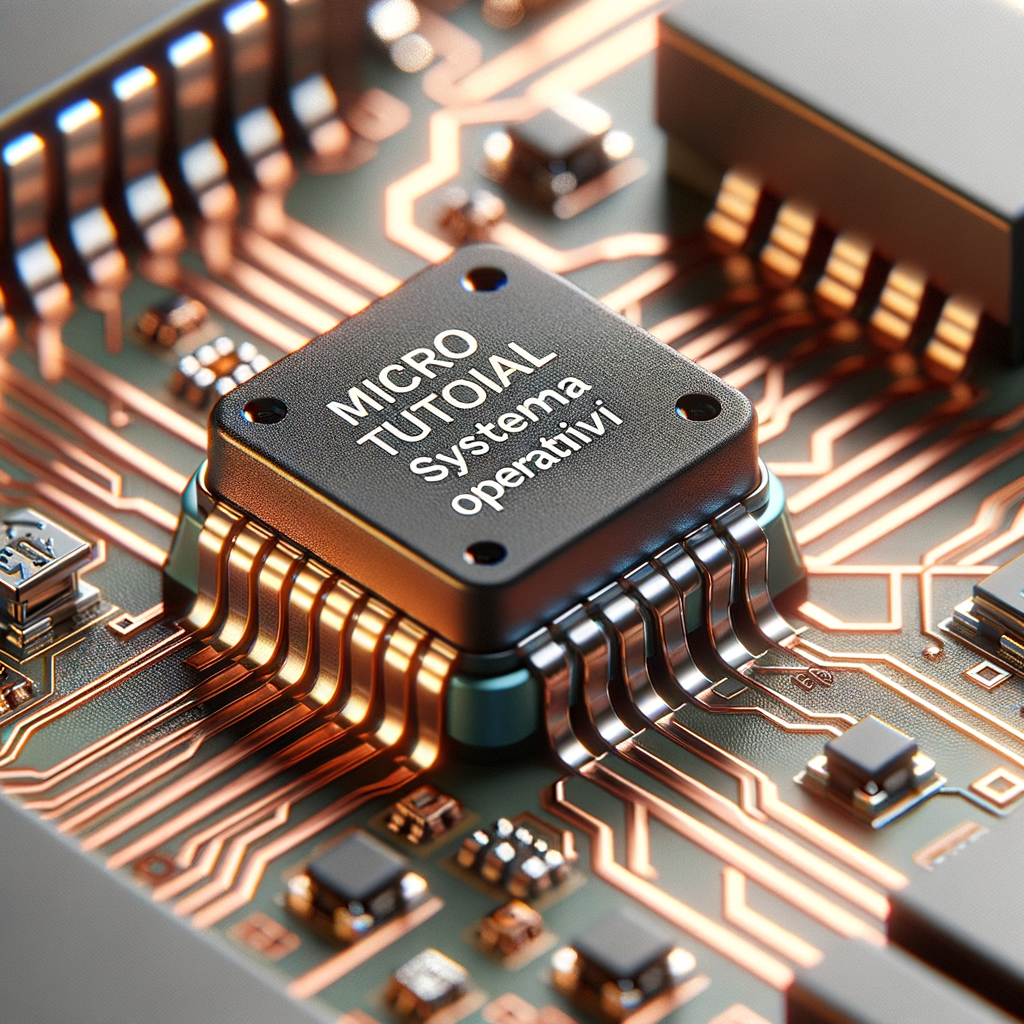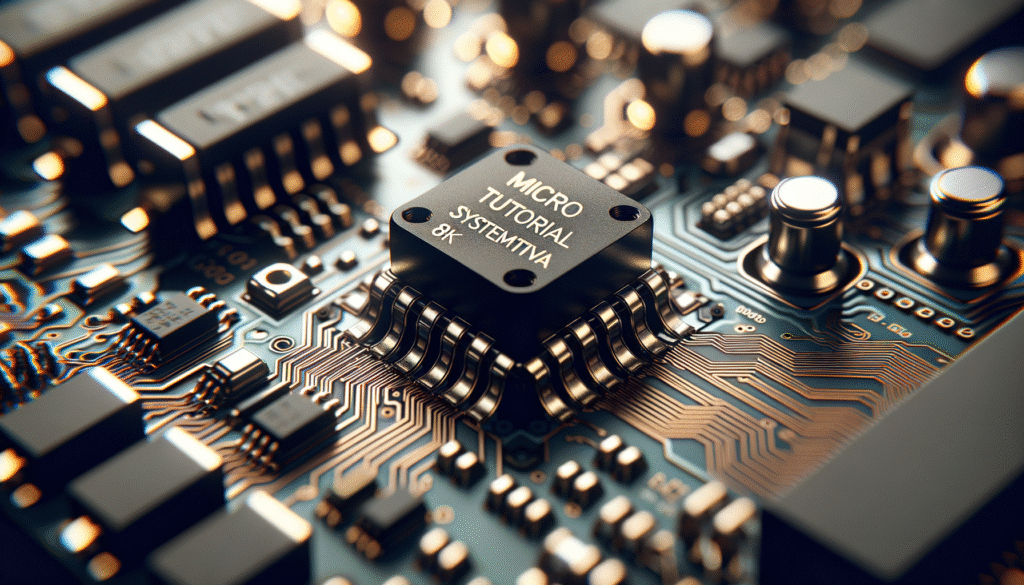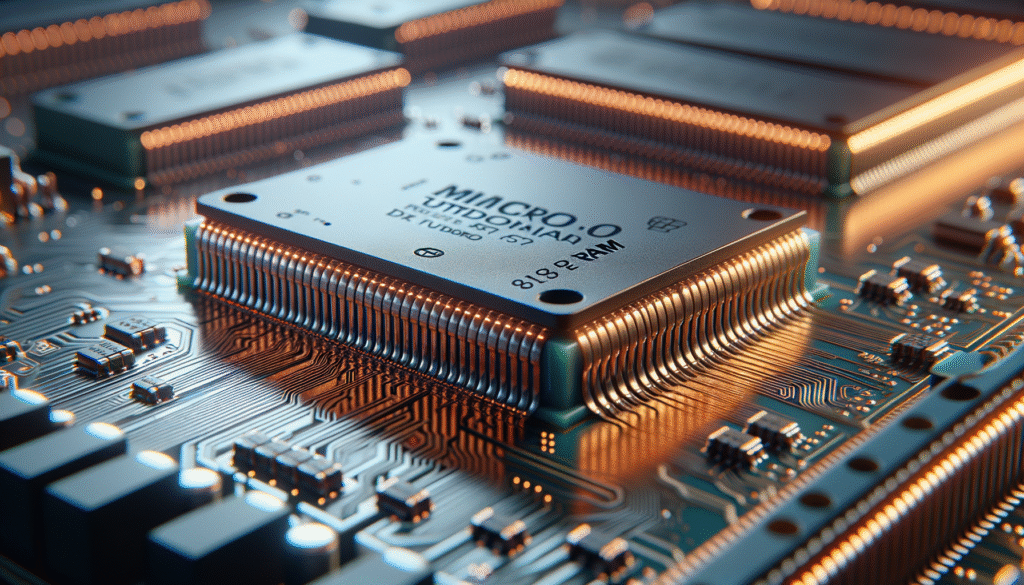Micro Tutorial: Operating System
Practical Introduction
Have you ever wondered how your computer can run multiple programs at the same time? I remember the first time I installed an operating system on my computer. The feeling of having everything under control was incredible. In this tutorial, we will explore what an operating system is and its importance.
What it is used for and how it works
An operating system (OS) is fundamental software that manages the hardware and software of a computer. Its main function is to act as an intermediary between users and hardware. Without an operating system, it would be nearly impossible to use a computer efficiently.
Operating systems allow users to run applications, manage files, and perform complex tasks without needing to understand how the underlying hardware works. For example, when you open a program, the operating system manages the allocation of resources like memory and CPU to ensure that the application runs correctly.
In addition, operating systems provide a user interface, which can be graphical (GUI) or command-line (CLI). Through this interface, users interact with the computer, run programs, and manage files.
Operating systems are also responsible for system security, managing access to resources and protecting user data. This is achieved through permissions and authentication, ensuring that only authorized users can perform certain actions.
In summary, the operating system is vital for the computer to function efficiently and securely, allowing users to focus on their tasks without worrying about technical details.
Key Parameters
Below is a comparative table with some key parameters of different operating systems:
| Parameter | Windows 10 | macOS Big Sur | Linux Ubuntu |
|---|---|---|---|
| Interface | Graphical | Graphical | Graphical/CLI |
| Security | Moderate | High | High |
| Cost | Paid | Paid | Free |
| Hardware Support | Very Broad | Broad | Very Broad |
| Customization | Limited | Limited | High |
These parameters are just a reference and can vary depending on specific versions and configurations of each operating system. It is important to choose an operating system that fits your specific needs and requirements.
Concrete Use Case
Imagine you work in a graphic design company. Your team uses specialized software like Adobe Photoshop and Illustrator. This is where the operating system comes into play. If your team uses Windows as their operating system, you can run these programs without any problems. However, if your colleague uses a Mac, they will also be able to use the same software, as it is available for both systems.
The operating system’s ability to manage resources is key in this case. For example, when you open a high-resolution image in Photoshop, the operating system automatically allocates the necessary memory and processing power to ensure that the program runs smoothly. This not only improves work efficiency but also reduces waiting time.
Furthermore, modern operating systems allow for online collaboration. If you and your colleague are working on a joint project, you can use tools like Google Drive or Dropbox. These platforms work seamlessly on any operating system, thanks to the interoperability that current operating systems provide.
In summary, the operating system not only manages your computer’s resources but also facilitates collaborative work, which is crucial in professional environments.
Common Mistakes and How to Avoid Them
Here are some common mistakes you might encounter while using an operating system and how to avoid them:
– Not updating the operating system: Updates fix bugs and improve security. Make sure to keep your system updated.
– Not backing up data: Regularly back up your important files to avoid data loss.
– Installing untrusted software: Only download applications from official sources to avoid malware and viruses.
– Ignoring warning messages: Pay attention to notifications from the operating system. They may contain important information about performance and security.
– Not learning keyboard shortcuts: Familiarize yourself with keyboard shortcuts to improve your productivity and make using the operating system more efficient.
Conclusion + Call to Action
In conclusion, the operating system is an essential part of any computer. Its function is not only to manage resources but also to facilitate a user experience that allows tasks to be performed efficiently. Whether you work in graphic design, programming, or simply browsing the internet, understanding how your operating system works can improve your productivity.
I encourage you to explore more about operating systems and how they can optimize your work. You can start by researching the different options available and discovering which fits your needs best.
More information at electronicsengineering.blog
Quick Quiz
Question 1: What is the primary function of an operating system?
Question 2: What type of user interface can operating systems provide?
Question 3: How do operating systems ensure system security?
Question 4: What does an operating system allow users to do?
External sources
- Microaprendizaje: ¿Qué es un sistema operativo? – Apprende Digital
- Microaprendizaje: ¿Qué es un sistema operativo? | Educ.ar
- Introducción a los Sistemas Operativos



